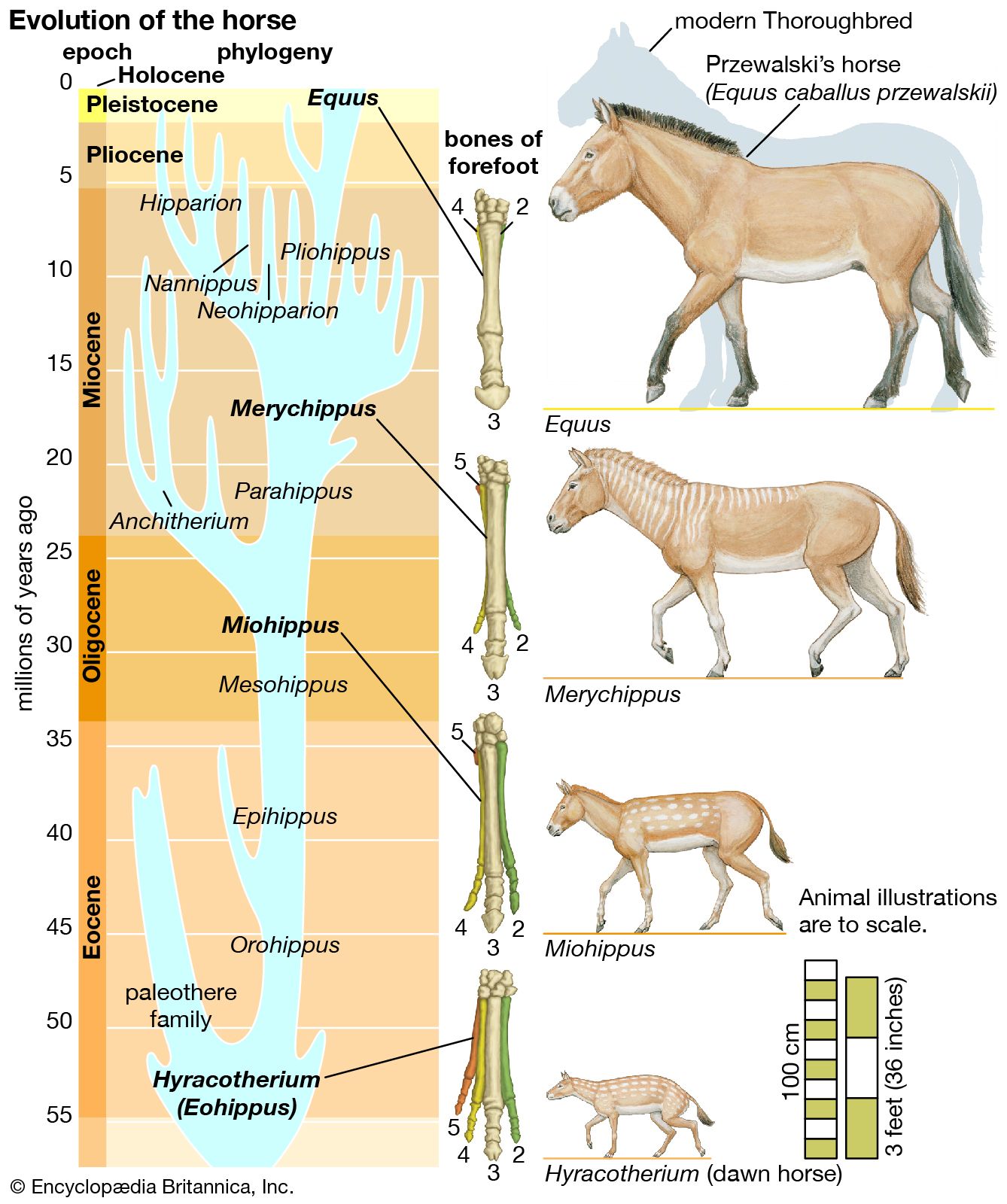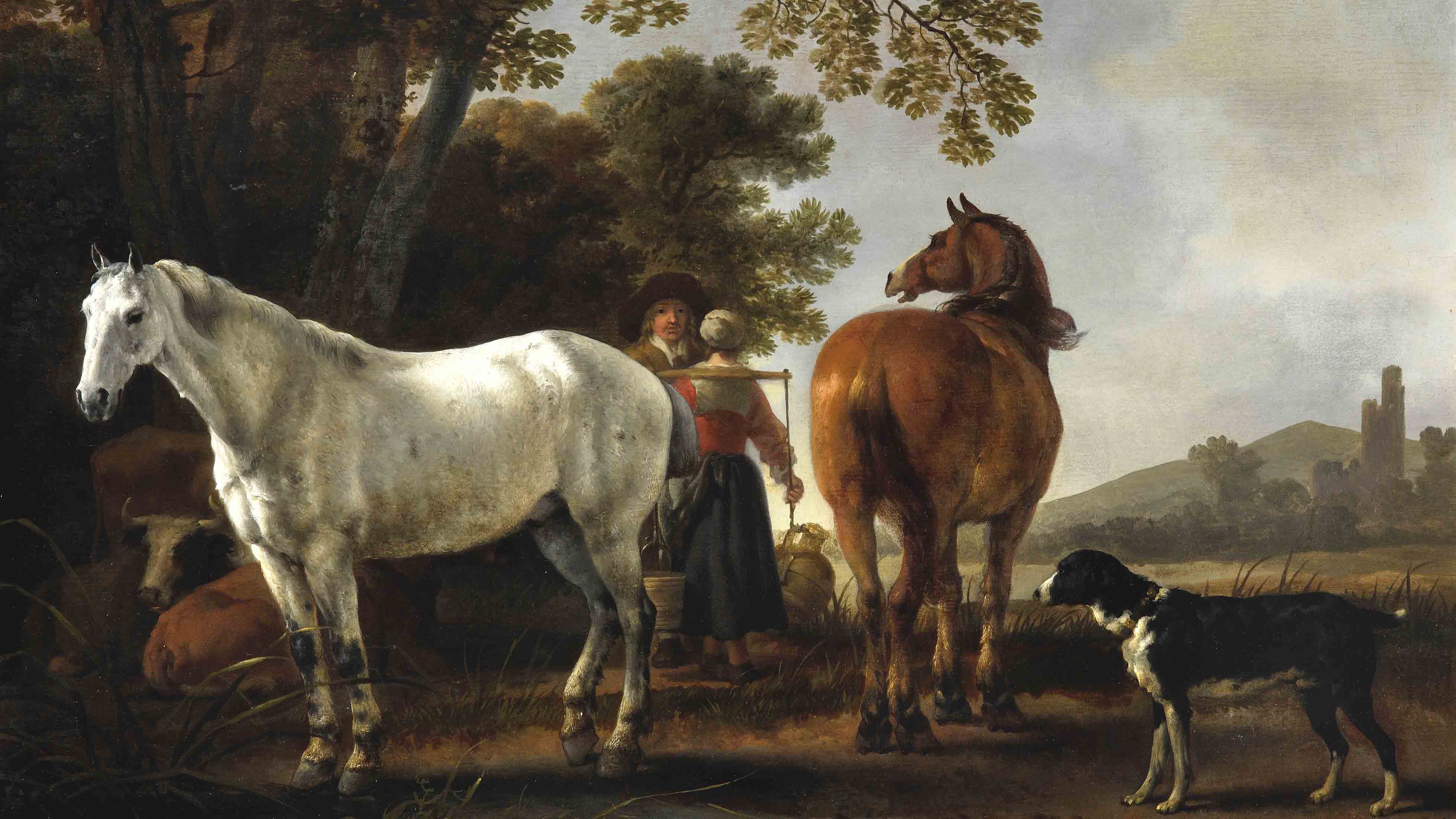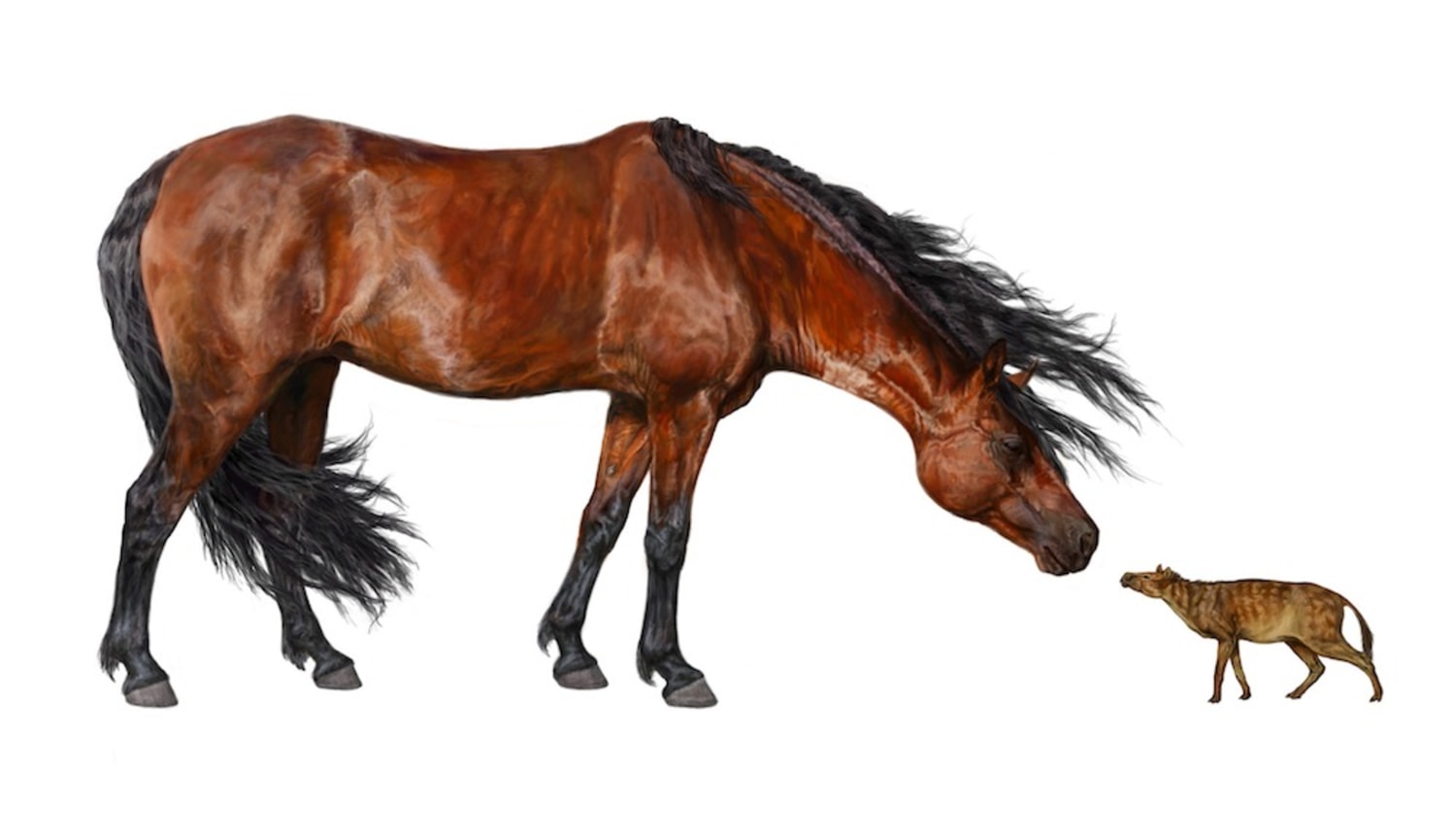Horses have been a part of human history for thousands of years, serving as loyal companions, trusted workers, and symbols of power and grace. The history of horses stretches back to ancient times, and their evolution and domestication have played a crucial role in shaping human civilization. In this article, we will delve into the fascinating origins and timeline of the existence of horses, exploring how these magnificent creatures have been intertwined with human society throughout the ages.
The Evolution of Horses

The story of the horse begins millions of years ago, with the evolution of the first horse-like creatures. The earliest known ancestor of the modern horse is the Eohippus, also known as Hyracotherium, which lived during the Eocene epoch, around 55 million years ago. These small, fox-sized mammals had several toes on their front and hind feet and existed in forested environments.
As time progressed, the descendants of Eohippus gradually evolved into larger and more specialized forms. The development of the horse’s distinctive single hoof and its adaptation to grassland habitats marked a significant milestone in its evolutionary history. By the end of the Pliocene epoch, about 2 to 3 million years ago, the modern Equus genus, which includes the horse, zebra, and ass, had emerged.
The Domestication of Horses

The domestication of horses is a pivotal moment in human history, revolutionizing transportation, agriculture, and warfare. The exact timeline of horse domestication is still a subject of ongoing research and debate among archaeologists and geneticists. However, it is widely believed that the process began around 4000 to 3500 BCE on the steppes of Central Asia.
Ancient peoples, such as the Botai culture in present-day Kazakhstan, were among the first to tame and ride horses. These early domesticated horses were essential for herding, hunting, and carrying goods, transforming the way human societies functioned. The development of horse-drawn chariots and later, mounted cavalry, significantly impacted warfare and the expansion of empires across different regions of the world.
Horses in Ancient Civilizations

In ancient civilizations, horses held a revered and central position in various aspects of life. In Mesopotamia, the Sumerians and Assyrians depicted horses in their art and writings, showcasing their significance in religious rituals and as symbols of power and status. The chariot, driven by horses, became a prominent feature of warfare in ancient Egypt, Greece, and Rome, shaping the course of history and conquest.
The importance of horses in ancient China is evident in the terracotta army of the first Emperor Qin Shi Huang, which includes life-sized sculptures of horses alongside soldiers. The Silk Road, an ancient network of trade routes, facilitated the spread of knowledge and technology, including the breeding and training of horses, throughout Asia and Europe.
Horses in the Middle Ages

The Middle Ages marked a period of profound influence for horses in Europe, as they became integral to agriculture, transportation, and military endeavors. The feudal system relied on the use of horses for plowing fields and transporting goods, enabling the growth of medieval towns and cities.
Knights and their warhorses played a crucial role in the chivalric code and the conduct of warfare. The concept of the heavily armored knight on horseback became synonymous with medieval warfare, shaping the tactics and strategies of battles and tournaments. The horse’s strength, speed, and agility transformed it into a symbol of honor and nobility during this era.
The Age of Exploration and Beyond

The Age of Exploration in the 15th and 16th centuries brought horses to new continents, as European explorers and settlers introduced them to the Americas. Horses, originally native to the Americas but extinct for thousands of years, made a triumphant return with the arrival of Spanish conquistadors. This reintroduction of horses had a profound impact on the indigenous cultures of North and South America, revolutionizing their hunting, transportation, and warfare practices.
During the Industrial Revolution, horses continued to be indispensable for powering machinery, transporting goods, and serving as a primary mode of transportation. However, the widespread adoption of steam power and later, internal combustion engines, gradually diminished the reliance on horses for work and travel.
The Modern Role of Horses

In contemporary society, horses have transitioned from essential work animals to beloved companions, athletes, and therapy partners. Equine-assisted therapy programs harness the calming and therapeutic effects of interacting with horses to support individuals with physical, emotional, and psychological challenges.
Furthermore, equestrian sports, such as show jumping, dressage, and rodeo, showcase the athleticism and grace of horses, captivating audiences around the world. The bond between humans and horses remains strong, with many people engaging in recreational riding, horseback trekking, and equine-related hobbies.
Conservation and Preservation Efforts
Despite their enduring presence in human society, horses face various challenges, including habitat loss, overgrazing, and genetic diversity issues. Conservation organizations and breed associations are actively involved in safeguarding rare and endangered horse breeds, preserving their genetic heritage, and promoting sustainable management practices.
Efforts to protect wild horse populations, such as the mustangs of the American West, aim to ensure their survival in their natural habitats. Additionally, educational initiatives and advocacy campaigns raise awareness about the welfare and ethical treatment of horses, emphasizing the importance of responsible stewardship and care.
The Enduring Legacy of Horses
Throughout history, horses have left an indelible mark on human civilization, shaping the way we live, work, and interact with the natural world. Their timeless presence in art, literature, and folklore reflects the deep admiration and reverence that humans have for these magnificent creatures. From the ancient plains of Asia to the modern arenas of equestrian competition, the enduring legacy of horses continues to inspire and captivate people of all ages.
Curious about the lifespan and reproductive cycle of horses? Explore our articles on how long do horses live, how long are horses pregnant, and how long do quarter horses live for a deeper understanding of these magnificent animals!
Conclusion
The story of how long horses have existed is a testament to their enduring resilience and adaptability. From their humble origins as small forest-dwelling mammals to their pivotal role in shaping human history, horses have journeyed alongside us through the ages. As we look to the future, it is essential to honor and protect the legacy of horses, ensuring that they continue to thrive and enrich our lives for generations to come.



